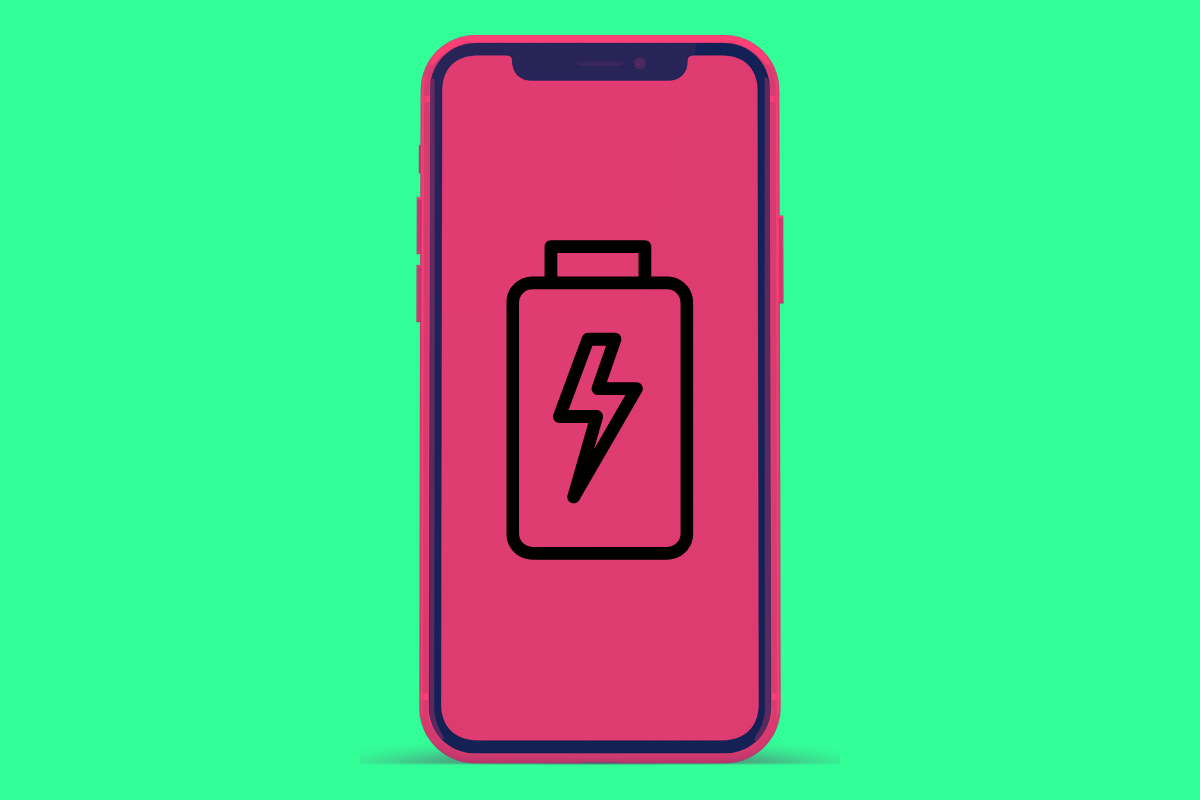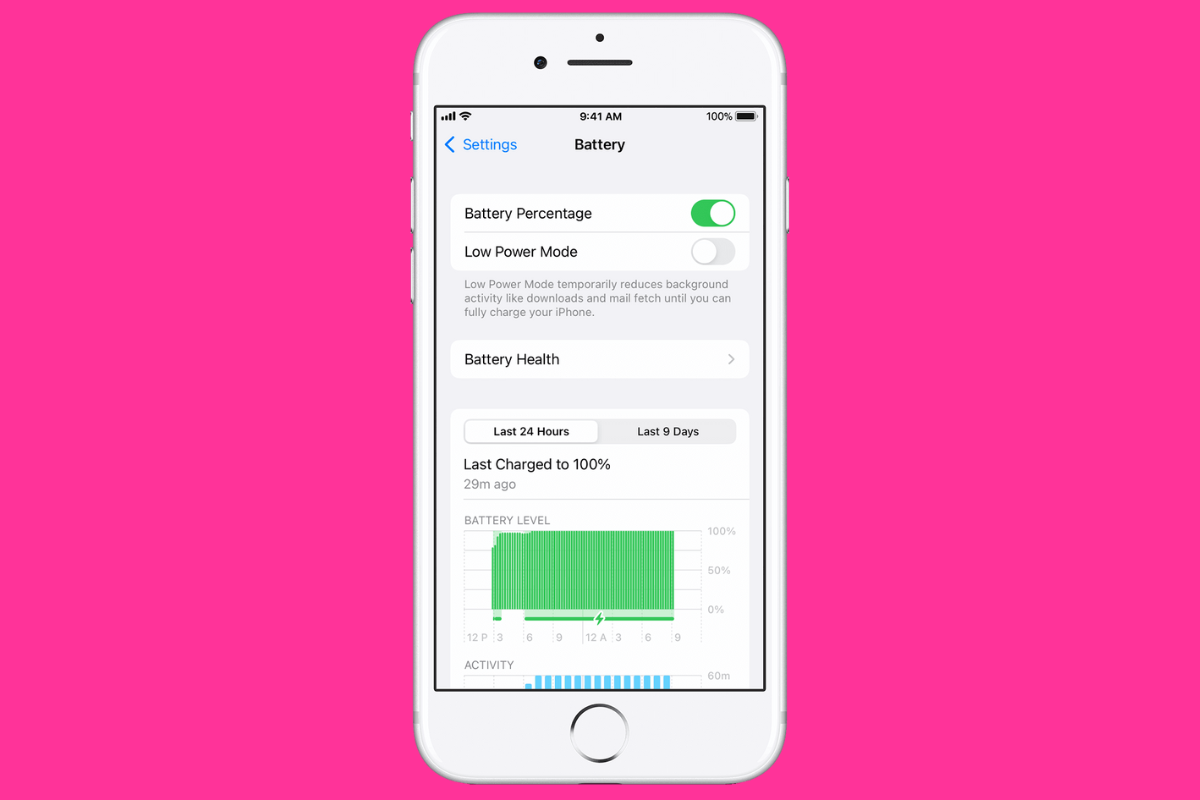In this guide, we’ll show you how to monitor and check iPhone Battery Health, why it is important to do so, and what factors affect your iPhone’s battery health and well-being…
Your iPhone’s battery is super important, especially since it cannot be easily replaced. Its functionality and overall well-being are, therefore, something all iPhone users need to be mindful of – especially as the iPhone gets older. In this guide, we’ll show you how to monitor and check the health of your iPhone’s battery.
First, though, we need to explain and extrapolate what is meant by “battery health” in the context of your iPhone. Like most other phones on the market, the iPhone – pretty much any model you can name – comes with a fixed, non-removable battery. Sizes vary, but the way the battery functions and the things that affect its health remains the same.
What is Battery Health on iPhone?

Apple launched Battery Health inside iOS 11 which was designed to give users a quick and easy overview of the current state of their iPhone’s lithium-ion battery. It features an overall battery capacity rating (out of 100), data on usage (over 24 hours and the last 9 days), and it also shows things like screen time and which apps use the most power.
The battery capacity rating is the most important aspect of Battery Health. As your iPhone ages, its lithium-ion battery degrades, each battery only has so many cycles (recharges) before it is spent. As your battery ages, it loses capacity, a process called “chemical aging”, and there is a range of factors that affect it – from the number of charging cycles it has experienced to the temperature of the place you live.
In order for a phone to function properly, the electronics must be able to draw upon instantaneous power from the battery. One attribute that affects this instantaneous power delivery is the battery’s impedance. A battery with a high impedance may be unable to provide sufficient power to the system that needs it. A battery’s impedance can increase if a battery has a higher chemical age. A battery’s impedance will temporarily increase at a low state of charge and in a cold temperature environment.
Apple
After many, many years of use, your iPhone battery’s rating may drop to a level that can no longer power the phone adequately. Because of the way iPhones are designed, and phones in general, a minimum level of power is required at all times. If the battery can no longer provide this level of power, or there are drop-offs, the phone will shut itself down. If this is happening to your iPhone regularly, it means the battery is almost done and it is time to upgrade your iPhone.
In order to maximize your iPhone’s longevity, Apple has put measures in place that aim to help aging batteries still perform the tasks demanded of them. But as your iPhone battery approaches the end of its life, you will start noticing things like this happening:
- Longer app launch times
- Lower frame rates while scrolling
- Backlight dimming (which can be overridden in Control Centre)
- Lower speaker volume by up to -3 dB
- Gradual frame-rate reductions in some apps
- During the most extreme cases, the camera flash will be disabled as visible in the camera UI
- Apps refreshing in the background may require reloading upon launch
If you’re iPhone is several years or older, chances are its battery is approaching its end-of-life period. This is when you will start to experience the above-mentioned issues as well as random shutdowns. Again, it is worth stressing: this will ONLY happen after five or more years of continual usage – it will not happen on new phones or even phones that are a couple or a few years old.
How To Check iPhone Battery Health

To check your iPhone’s Battery Health follow these steps:
- Go to Settings > Battery
- Tap Battery Health. Inside here you’ll find rafts of information, both visual and text-based, about the current state of your iPhone’s battery, its peak capacity, overall well-being, and its maximum capacity
When you buy a brand-new iPhone, it will ship with a completely untouched battery. Once you switch the phone on, fresh out of the box, it will have a battery rating of 100 – this is standard. As you use the phone, over weeks, months, and years, the battery health rating will slowly degrade relative to its initial rating of 100.
All future measures of battery health on iPhone are measured against the battery’s initial state (100). Inside Battery Health, you will see options for Peak Performance Capability, Maximum Capacity, and Optimized Battery Charging. These are all important, so let’s take a look at each one individually:
- Maximum Capacity – Maximum battery capacity measures the device’s battery capacity relative to when it was new. A battery will have lower capacity as the battery chemically ages which may result in fewer hours of usage between charges
- Peak Performance Capability – When your iPhone is new and the battery is healthy, you will see the following message in this area: your battery is currently supporting normal peak performance. If your iPhone is older, it may have a warning that says: this iPhone has experienced an unexpected shutdown because the battery was unable to deliver the necessary peak power. If you see that, and your iPhone is new, you might have a defective battery. Contact Apple for a replacement.
- Optimized Battery Charging – this feature, which you should toggle on, is designed to reduce wear on your iPhone’s battery. When activated Optimized Battery Charging will increase the lifespan of your iPhone’s battery by reducing the amount of time it spends fully charged. For instance, with this feature enabled, it may stop charging at 80%.
Is It Possible To Keep iPhone Battery Health At 100?
If your want to keep your iPhone’s battery health at 100, you’d have to never use your iPhone. And no one’s going to do that. Apple’s iPhone uses lithium-ion and, over time, these types of batteries degrade, lose capacity, and there is no way around this – as soon as you start using the iPhone, the degradation process begins.
Having said that, you don’t need to worry too much about this: A normal battery is designed to retain up to 80% of its original capacity at 500 complete charge cycles when operating under normal conditions, says Apple, and this is covered under Apple’s warranty too. If your battery does not do this, it means it is most likely faulty and you will get a replacement phone from Apple, no questions asked.
But because of the nature of how lithium-ion batteries are designed it is impossible to keep your iPhone’s battery health at 100. All batteries, including those inside a Tesla and your iPhone, have finite lifecycles; once they’re complete, you need to replace them. Until there is a massive quantum leap in battery technology, this is just a fact of life for all electronic devices in operation today.
iPhone Battery Health: How Low Before You Need To Upgrade
Once your iPhone’s battery health drops to 80 or lower, it is probably time to start thinking about an upgrade. Why? Because at this point, your iPhone’s battery performance will be seriously impeded. It won’t last as long between charges, it may start randomly shutting down, and apps and other processes on the phone will begin to feel sluggish and slow.
If you get down to 70 or 60, you’re very much on borrowed time. At this stage, an iPhone will barely have enough capacity for even essential functions. Although to get an iPhone’s battery down to 60 or 70 in Battery Health, you’d have to have been using the iPhone for years – like four or five years, possibly more.
iPhone Battery Health After A Year – What To Expect
All new iPhones will ship with a brand-new battery. This means, when you check its battery health, even after a few months of usage, the battery health will almost certainly be 100. How long does an iPhone battery stay at 100? It depends on a variety of factors – from how it is looked after to environmental factors to the number of charging cycles.
But it is not uncommon for well-looked-after iPhones to have a battery health rating of 95 or higher after 12 months of usage. I have been using an iPhone 13 for approximately 9 months and my battery health is still at 100. How can this be? Simple: Apple builds its batteries with fail-safes in place, in this context, additional capacity, so that it seldom uses its full capacity power during normal operation which prolongs its health.
Can You Replace iPhone Batteries?
Technically, you can replace an iPhone’s battery. You can even do it yourself but this is not advised – Apple doesn’t want you doing this and it makes it extremely difficult to get inside its iPhones. For this reason, it is not advised. If you have a new iPhone and are experiencing power battery health, a replacement is fine but this will be done by Apple.
If your iPhone is under warranty and you experience battery health issues, Apple will simply replace your iPhone with a new model. Faulty batteries inside iPhones are rare, but it does happen. For this reason, if you do notice any strange glitches or performance impingement on your new iPhone make sure to check its battery health – it is most likely the culprit.
As for older iPhones, if you want to get more mileage out of your current iPhone, you can replace the battery. Apple charges a small fee for this ($50) but whether it is worth it or not depends largely on how old the phone itself is. If the iPhone is several years or older, your best bet would be to just get a new iPhone. Even with a new battery, an iPhone like the iPhone 8 or older will still have performance problems on account of its aging internal components and a small amount of memory.
And if you do need a new iPhone, make sure you check out all the latest deals for the iPhone 14 – there are some really good ones around right now.

